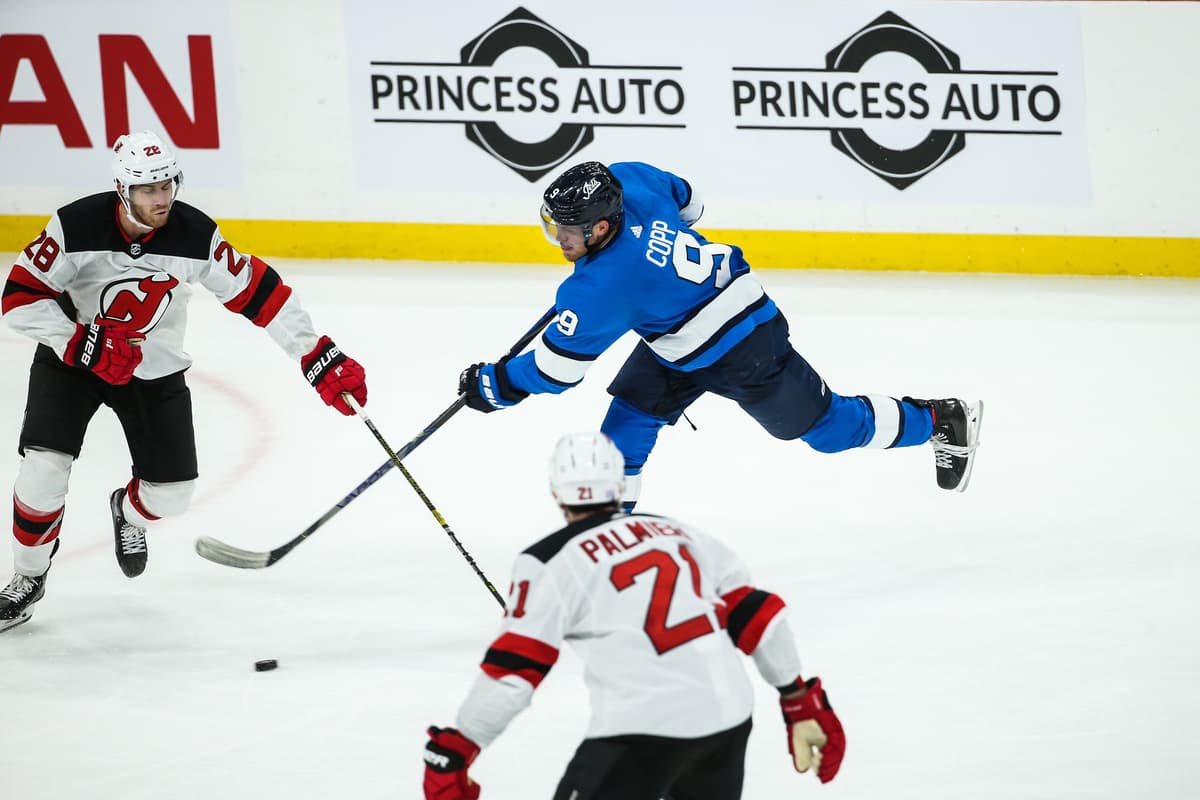lumbergh
It was an idea. I didn't say it was a good idea.
I think you might be mistaking what PDO is. It's the sum of the on ice shooting percentage and save percentage for the whole team while a player is on the ice. It's not dependent on just Vilardi's shooting percentage. It's the Kings' shooting percentage while Vilardi is on the ice. That's what makes PDO such an interesting stat. It tells you if the player is helping the team as a whole on the offensive side and defensive side. Vilardi can help by shooting and scoring, but he can also help by playing defense and gaining possession.You and I already had this convo so not gonna rehash it haha. I've come around a little on the idea that it can measure high performers thus far but I'd still argue it has zero predictive value and if anything someone on an absolute PDO bender is likely to come back to earth as it's unlikely they'll keep up a 20% shooting % or a .970 on-ice save %.
IE we all expected/expect Vilardi's shooting % to not be 35% all year; if his PDO dips because of that, is he 'not performing?'
That's all we mean by regression to the mean. I think we can generally agree that the best teams will have slightly higher than 1 PDO and the worst slightly lower but extreme outliers are a cause for investigation.
You also make an important point. Players have ups and downs. This is why you should only look at these advanced stats with a decent sample size. Also why I did this analysis at the half season mark.
I think you're overestimating everyone's understanding of "regression to the mean". ATKM's post tells me that not everyone means the same thing, and that's okay. Regression to the mean says that if you flip a coin 5 times and it comes up heads five times, the next five are less likely to all come up heads. In fact, the probability you will flip heads on the next flip is still 50%, even if you flipped heads 5 times in a row. It relies on the assumption that the thing you're measuring is random. Hockey is not random, and you don't know what Vilardi's "mean" shooting percentage truly is. #1 because it's not random, and #2 because it doesn't exist. You can predict Vilardi's shooting percentage will go down over the next 41 games because of "regression to the mean", but #1 that's based on the fact that his shooting percentage is higher than average and #2 maybe it won't.
I don't run through these numbers to predict what will happen in the next game or next 41 games. I do it to find the unsung heroes of the team. What I can tell you is that, even though they aren't leaders on the point totals, Alex Iafallo and Mikey Anderson are doing the things that are helping the team win and that Lemieux and Grundstrom are on the flip side.
I don't mean to get all preachy about this stuff. I'm a scientist and I have a decent understanding of statistics. Maybe I'd be better off starting a hockey blog...



 ).
).

